Buying a New Cooktop? Check This Review!




©Shutterstock
There are various types of cooktop available these days. Gas cooktops, electric cooktops, and induction cooktops, for example, have similar function but different types of ignition and heat conduction. Based on its installation, there are two types of cooktop: conventional freestanding and built-in. So, before deciding on which cooktop that can go well with your kitchen design, consider the following review.
Gas Cooktop
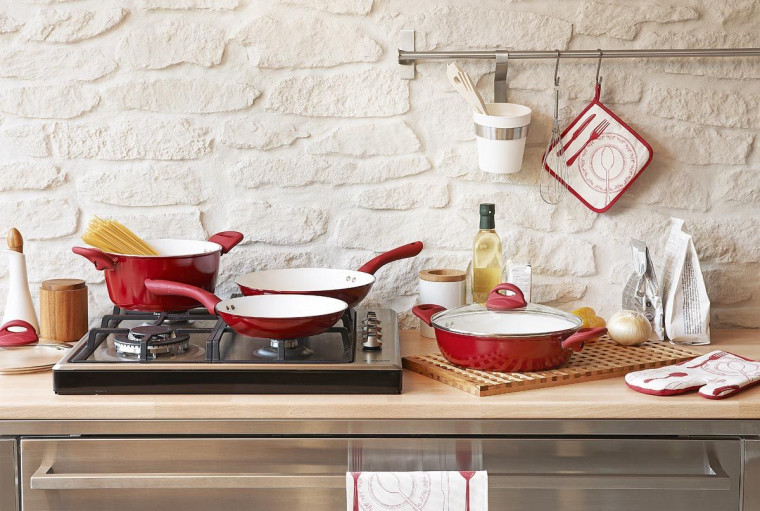
©Shutterstock
This type of cooktop has been around for quite a while and is the one most commonly used to date. If you would like to use a gas cooktop, make sure to prepare a space for a gas cylinder, like a cabinet or space with at least 45-centimetre wide. With a gas cooktop, you won’t have to worry about monthly electricity bill, but you do need to replace the gas cylinder periodically.
Electric Cooktop
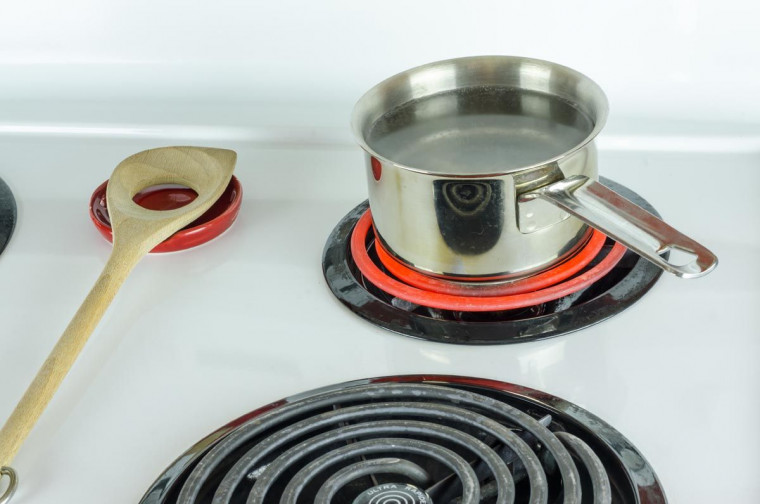
©Shutterstock
This type of cooktop relies on electricity as its main heat source, so make sure that you prepare a power socket near the cooktop. The plus point of using an electric cooktop is that you don’t have to set aside any space for a gas cylinder and deal with the hassle of removing and replacing. Also, as it relies on an iron coil that heats up when the cooktop is turned on, you worry less that it might catch fire.
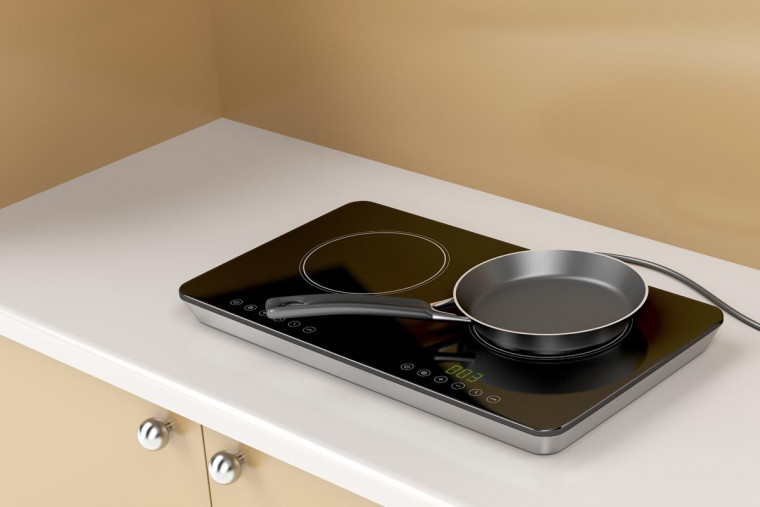
©Shutterstock
Nowadays, there are two types of electric cooktop available in the market. One is electric coil cooktop, with a protruding heating iron coils just like a gas cooktop. Another is smooth top cooktop, an electric cooktop with the heating coils embedded beneath a layer of glass ceramic. A smooth top cooktop indeed has a more modern and chic look, but it is important to know that you can only use flat-bottom cookware on it.
Induction Cooktop
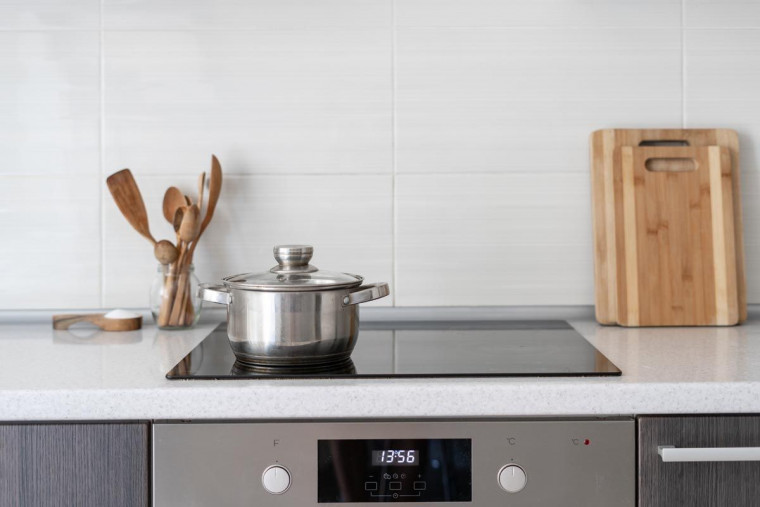
©Shutterstock
This cooktop looks similar to a smooth top electric cooktop and uses electricity as the main heat source. An induction cooktop has a slim and trendy look, and typically, it even comes with a touch-screen system for its operation.
Its main difference from an electric cooktop is that the surface is not hot when it is on. This is because an induction cooktop uses a magnetic field system to produce heat. This electro-magnetic field then ‘induces’ an electrical current and heat the cookware. So, you don’t have to worry about accidentally touching the surface of an induction cooktop and getting burned while cooking.
The downside is you’ll need to prepare extra budget for an induction cooktop. Besides its costly price, you will have to prepare special cooking wares as not all kinds of pot and pan can work well with this cooktop.
Freestanding Cooktop
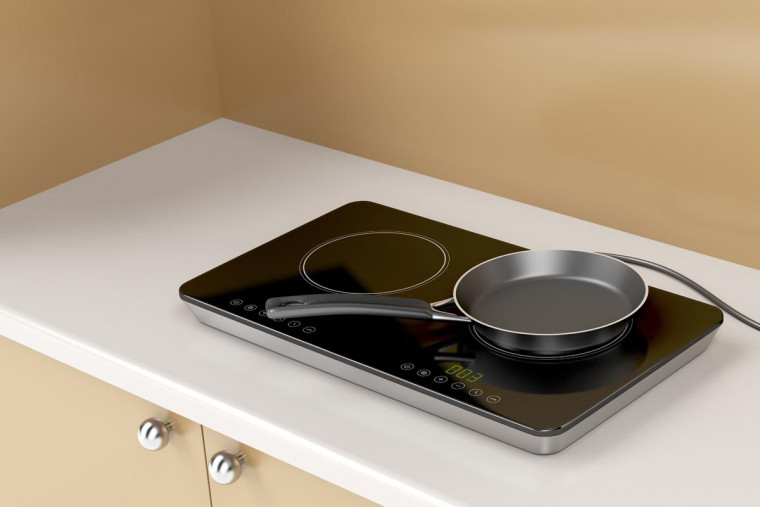
©Shutterstock
A freestanding conventional cooktop that can be moved around doesn’t require a hole or any specific space in your kitchen countertop. This type of cooktop can be deemed quite practical as you can simply place it on top of your kitchen counter to use it. Anytime you wish to change its position, you can simply move it.
Built-in Cooktop

©Shutterstock
The use of a built-in cooktop can make your kitchen look much more luxurious as it won’t appear too bulky. Besides, a built-in cooktop is also easier to clean as it doesn’t have any nooks or gaps where dust and oil spill can accumulate. However, to install a built-in cooktop, you would need to hire an expert or a specialist to make some space on your countertop and kitchen cabinet.




 Indonesia
Indonesia
 Australia
Australia
 New Zealand
New Zealand
 Philippines
Philippines
 Hongkong
Hongkong
 Singapore
Singapore







